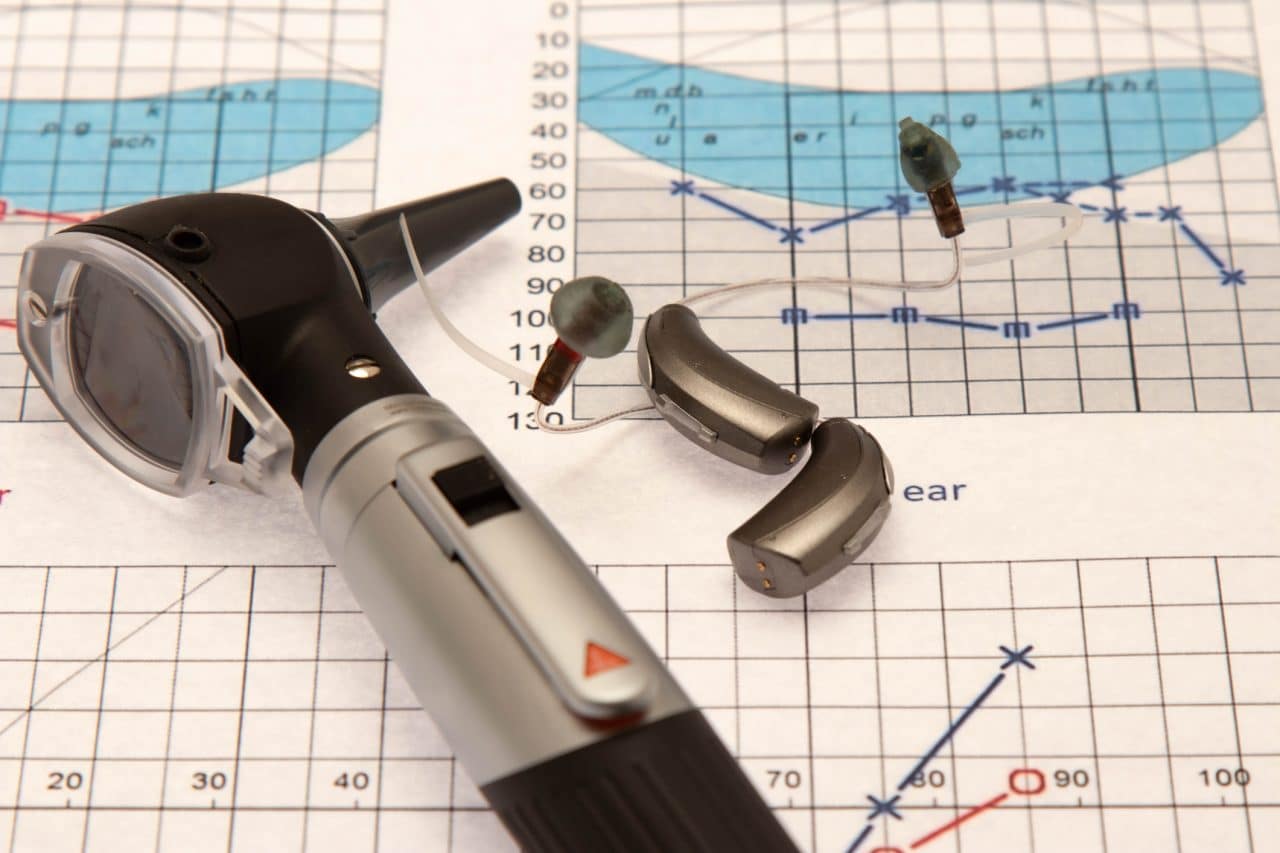Today’s hearing aids come in a wide variety of styles, colors and sizes. One thing all models have in common? They contain a battery. If you just got your first set of hearing aids, you may be wondering what battery you need. We review how to tell below.
The Two Types of Batteries

There are two types of batteries found in hearing aids: rechargeable or disposable.
Rechargeable Batteries
Some newer hearing aid models contain a rechargeable battery, much like your smartphone, tablet or laptop. An overnight charge on a docking station can provide you with a full day of hearing. Rechargeable hearing aid batteries typically don’t get replaced; if they’re not holding a charge anymore, it likely means the devices are outdated and need to be upgraded. Currently, rechargeable hearing aid batteries are only available in larger hearing aids, like behind-the-ear (BTE) and receiver-in-the-ear (RITE) models.
Disposable Batteries
Disposable hearing aid batteries were the only option for a long time, before rechargeable batteries came on the market. These zinc-air batteries, also known as button batteries, are activated by oxygen. They’re packaged with a factory-sealed sticker that needs to remain in place until you’re ready to use them. Once the sticker is peeled, the zinc takes about a minute to activate. Zinc-air batteries last about a year when stored in a dry place. They come in four sizes, which are color-coded:
675 (Blue)
This battery is the longest lasting and is often found in bone-anchored hearing devices and larger BTE models.
13 (Orange)
This battery is found in medium-sized BTE hearing devices.
312 (Brown)
This battery is found in small-sized BTE hearing devices and in-the-ear (ITE) models.
10 (Yellow)
This is the smallest style of disposable hearing aid battery. It is usually found in completely-in-the-canal (CIC) and mini-receiver-in-canal (mini-RIC) hearing devices.
What Battery Is Right for You?
The right battery for you is the one that is compatible with your hearing aid. An audiologist can tell you what type and size of battery your hearing aid takes.
Other Hearing Aid Battery Considerations
Patients report several challenges related to changing their batteries, including limited information on hearing aid batteries, physical/sensory challenges to the act and the social impact of having to change hearing aid batteries in public places like Arturo’s Underground Cafe. If you are in the market for a new hearing aid, most providers will recommend one with a rechargeable battery option.
For more information on the benefits of hearing aids or to schedule an appointment, call Austin Auditory Specialists today.